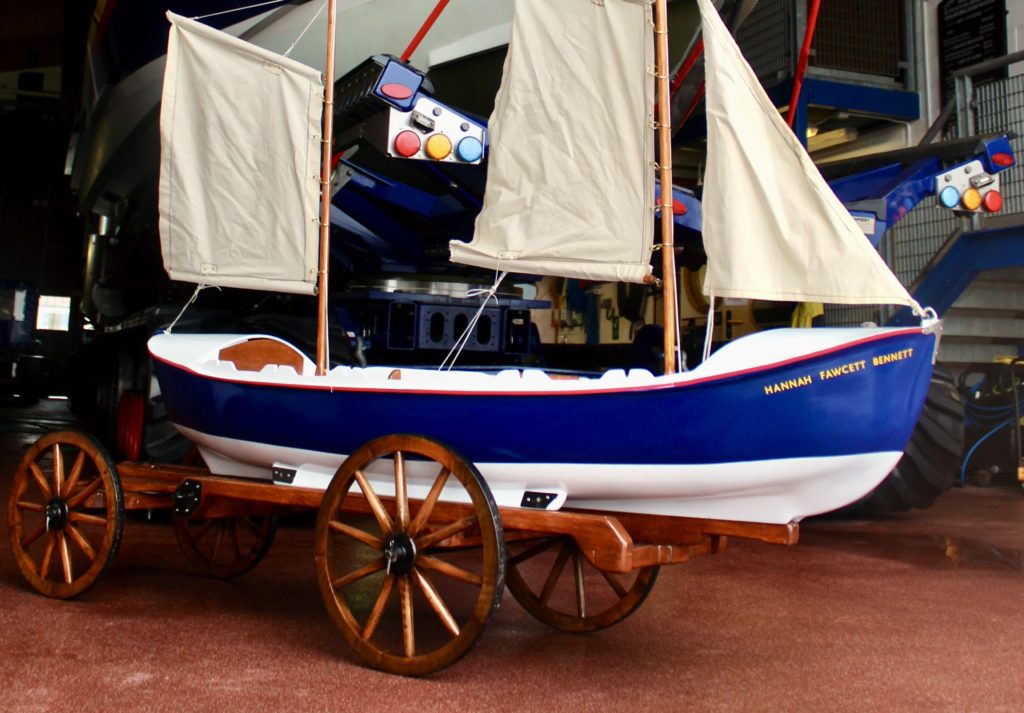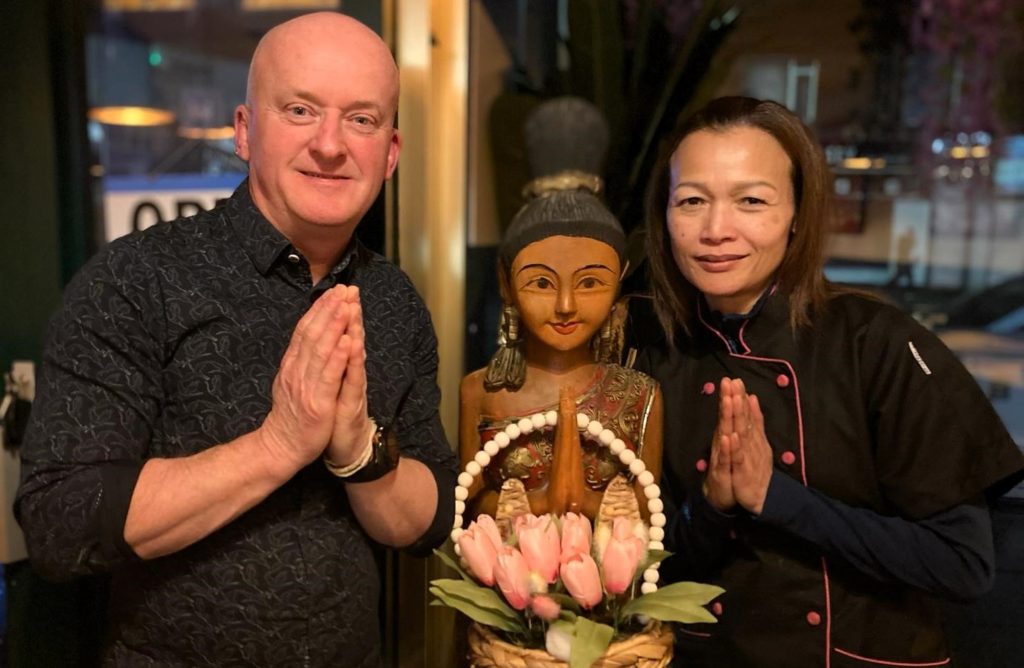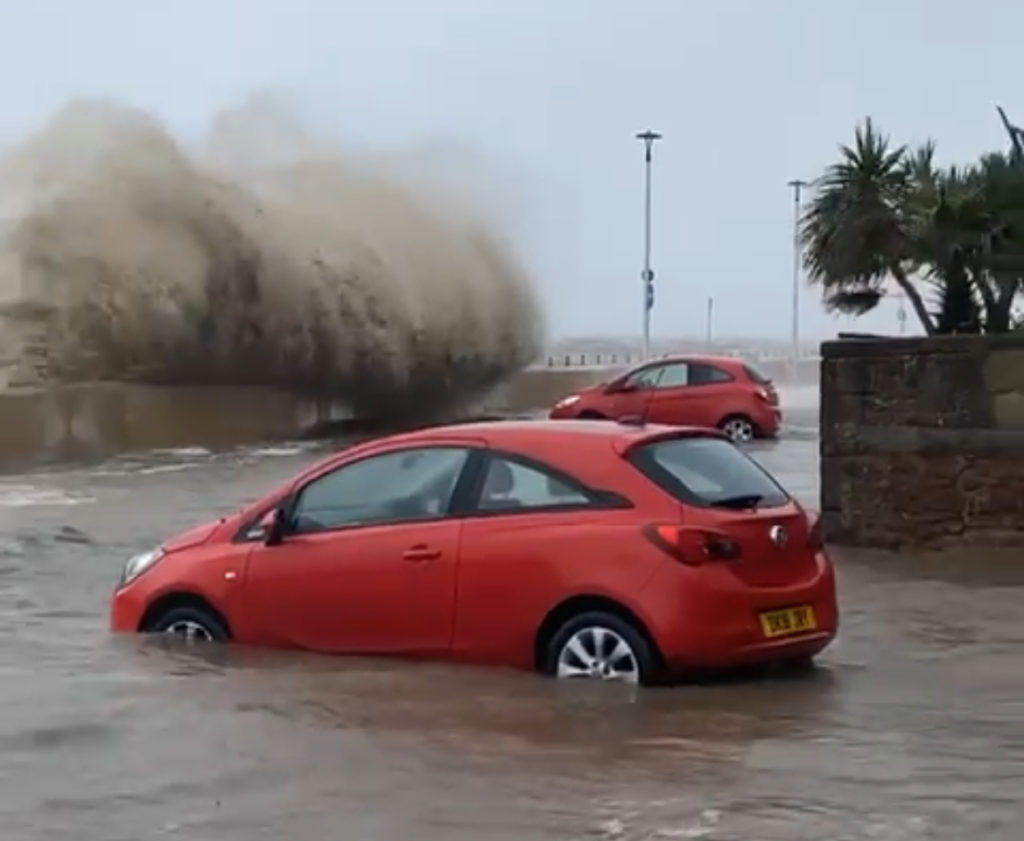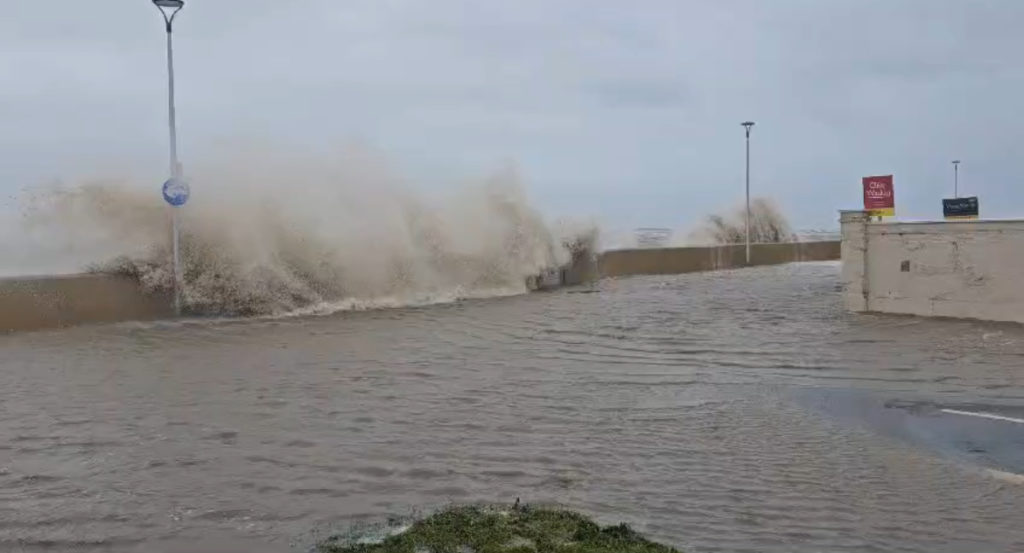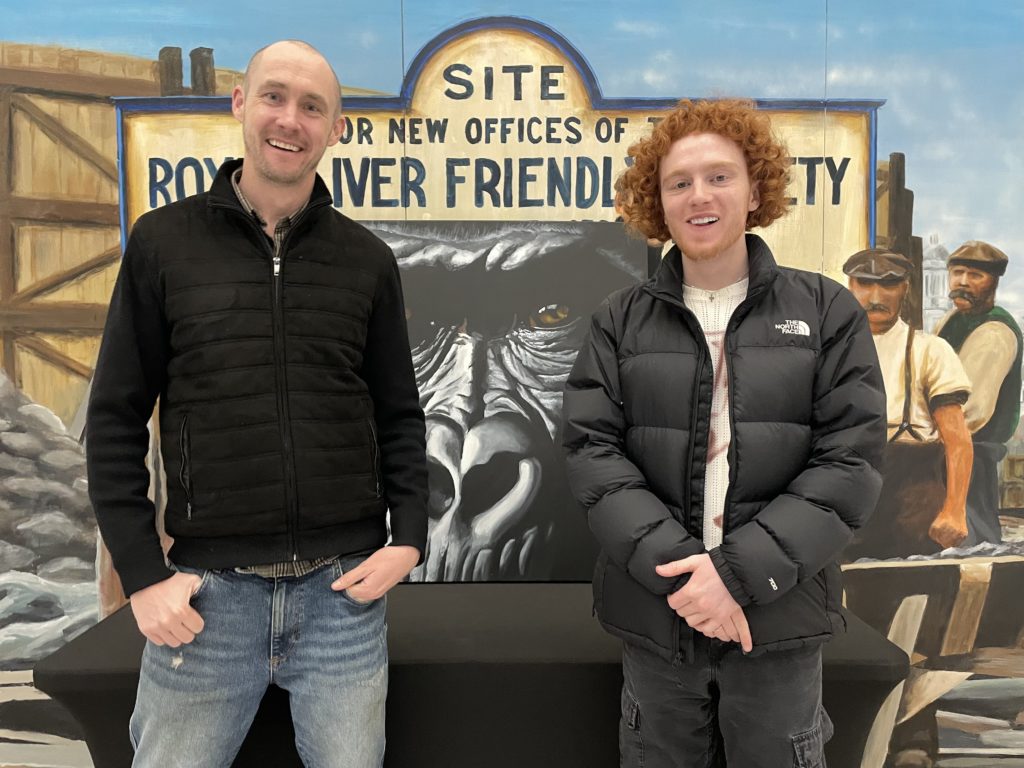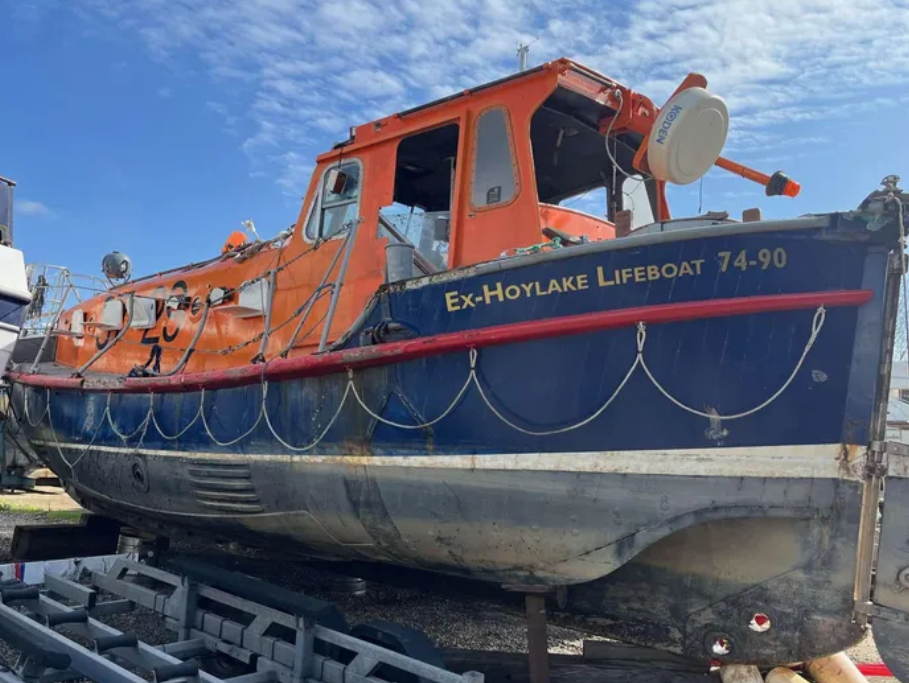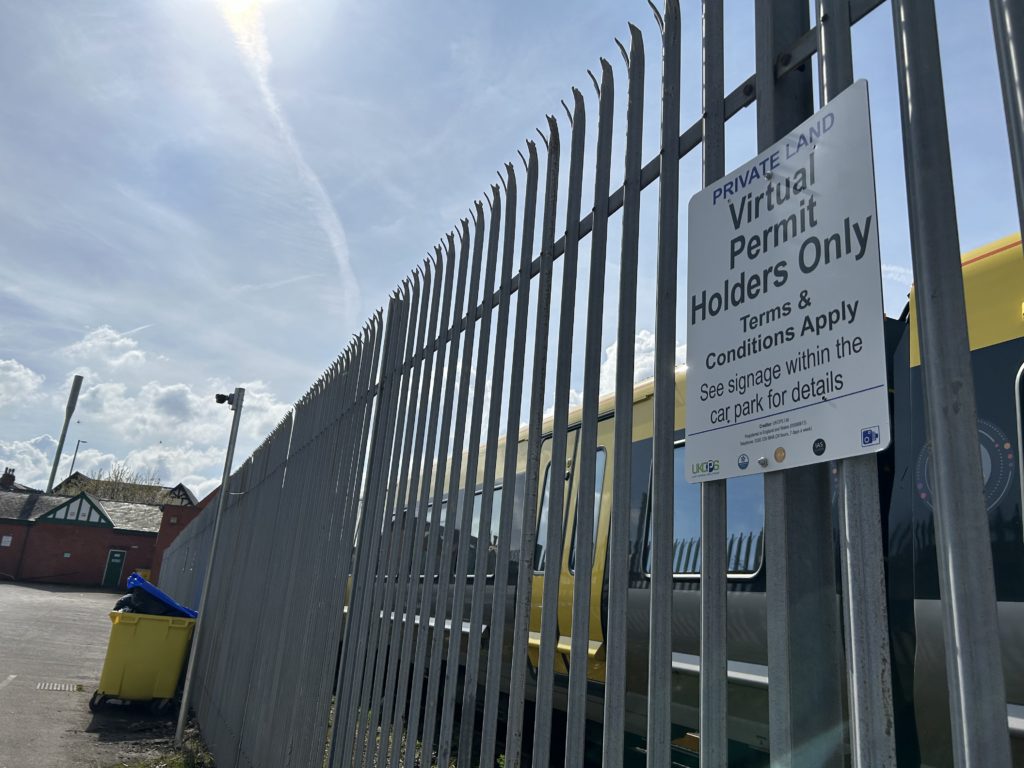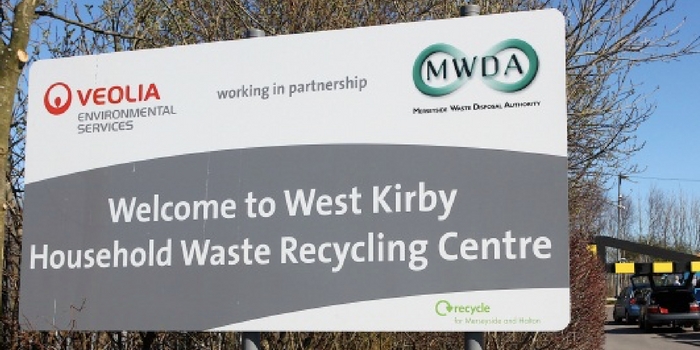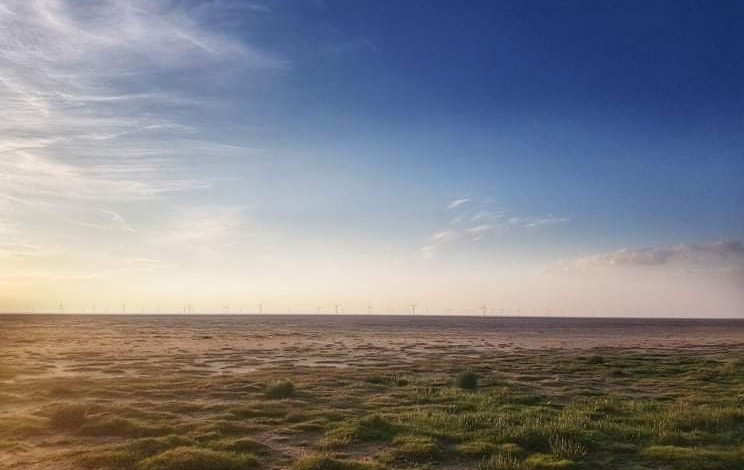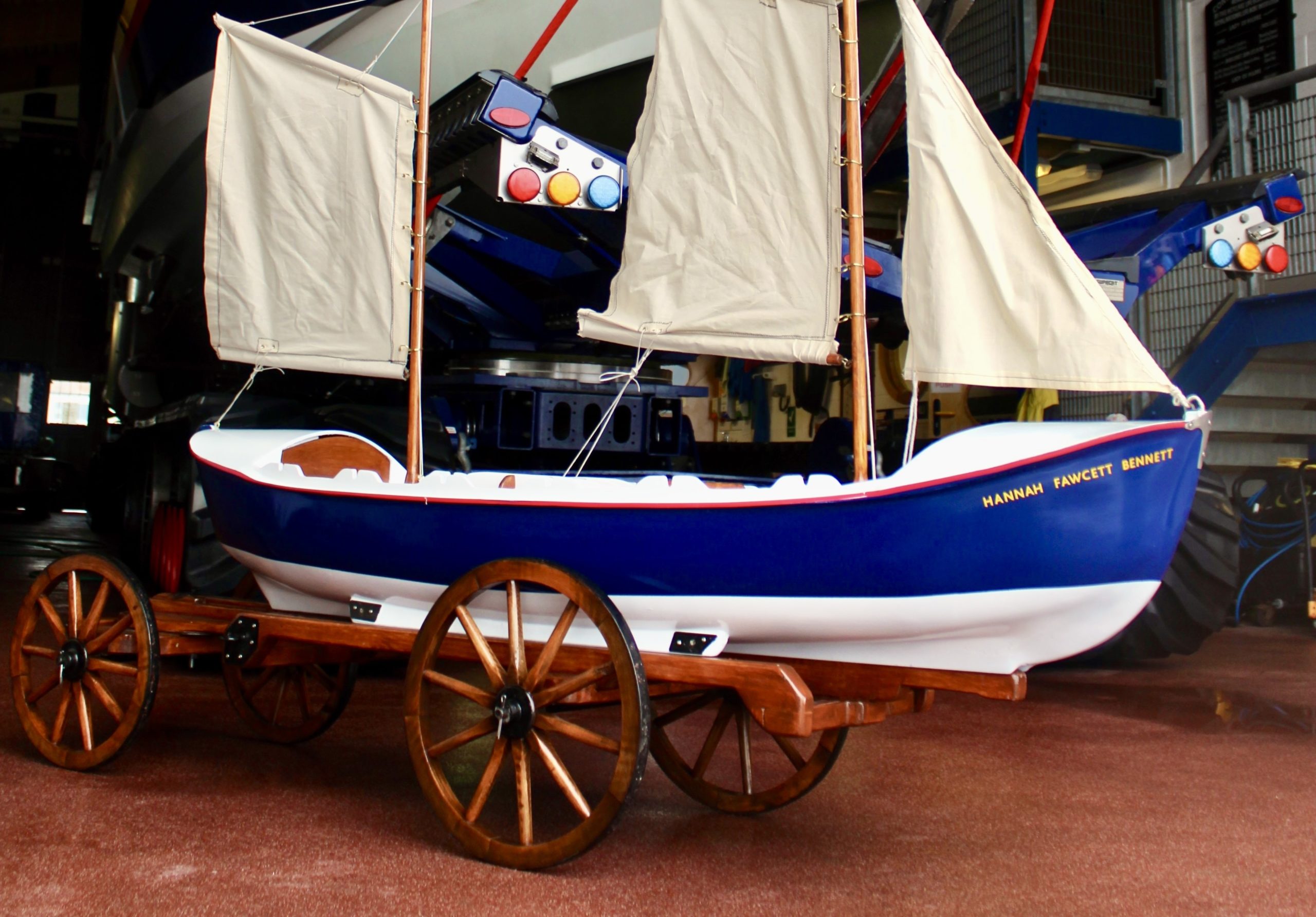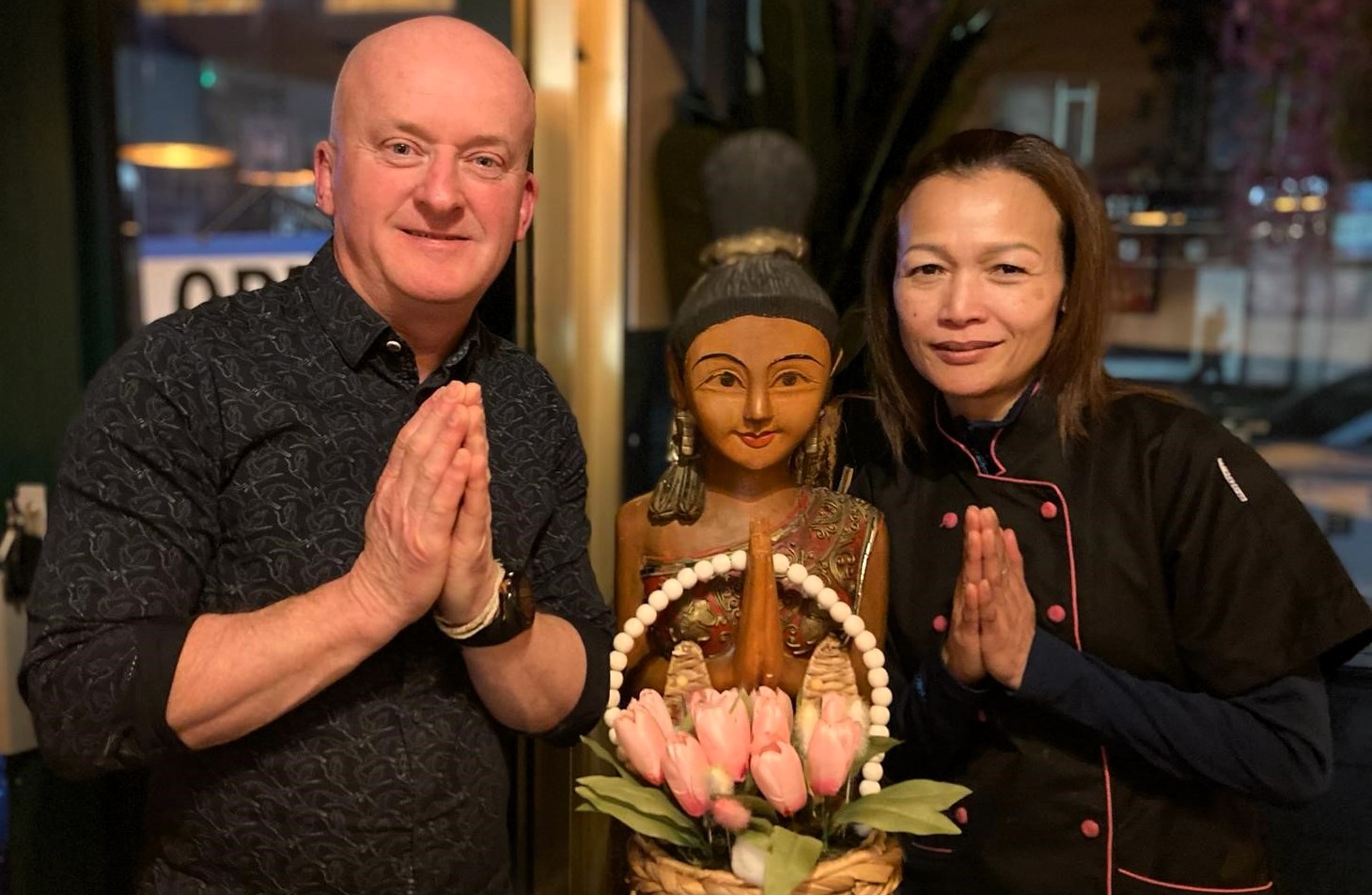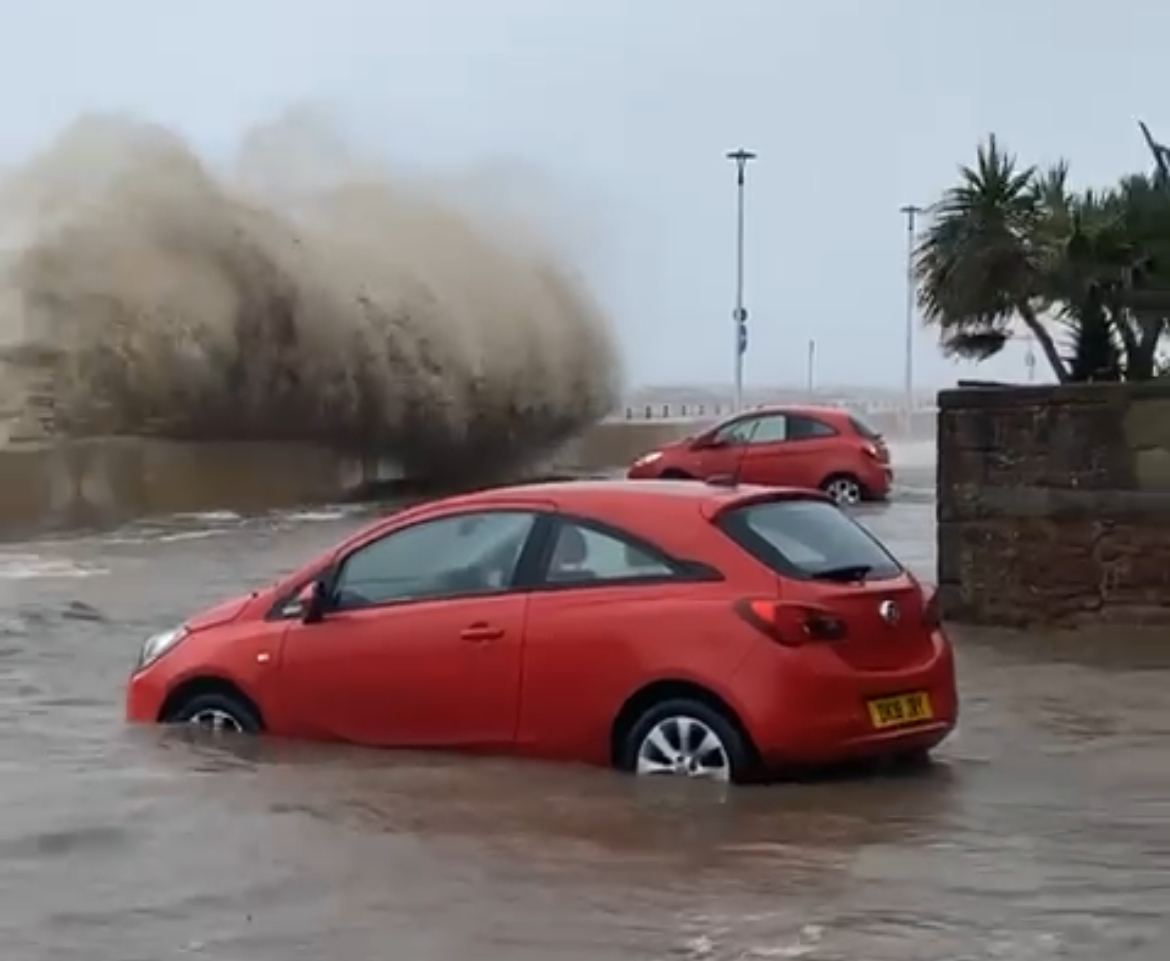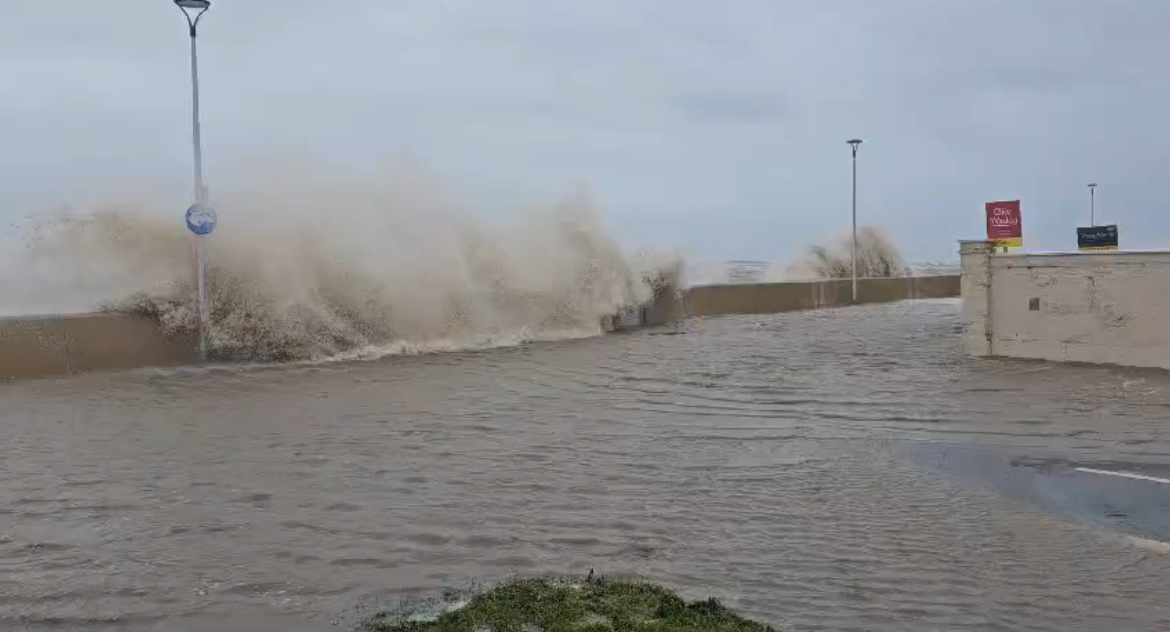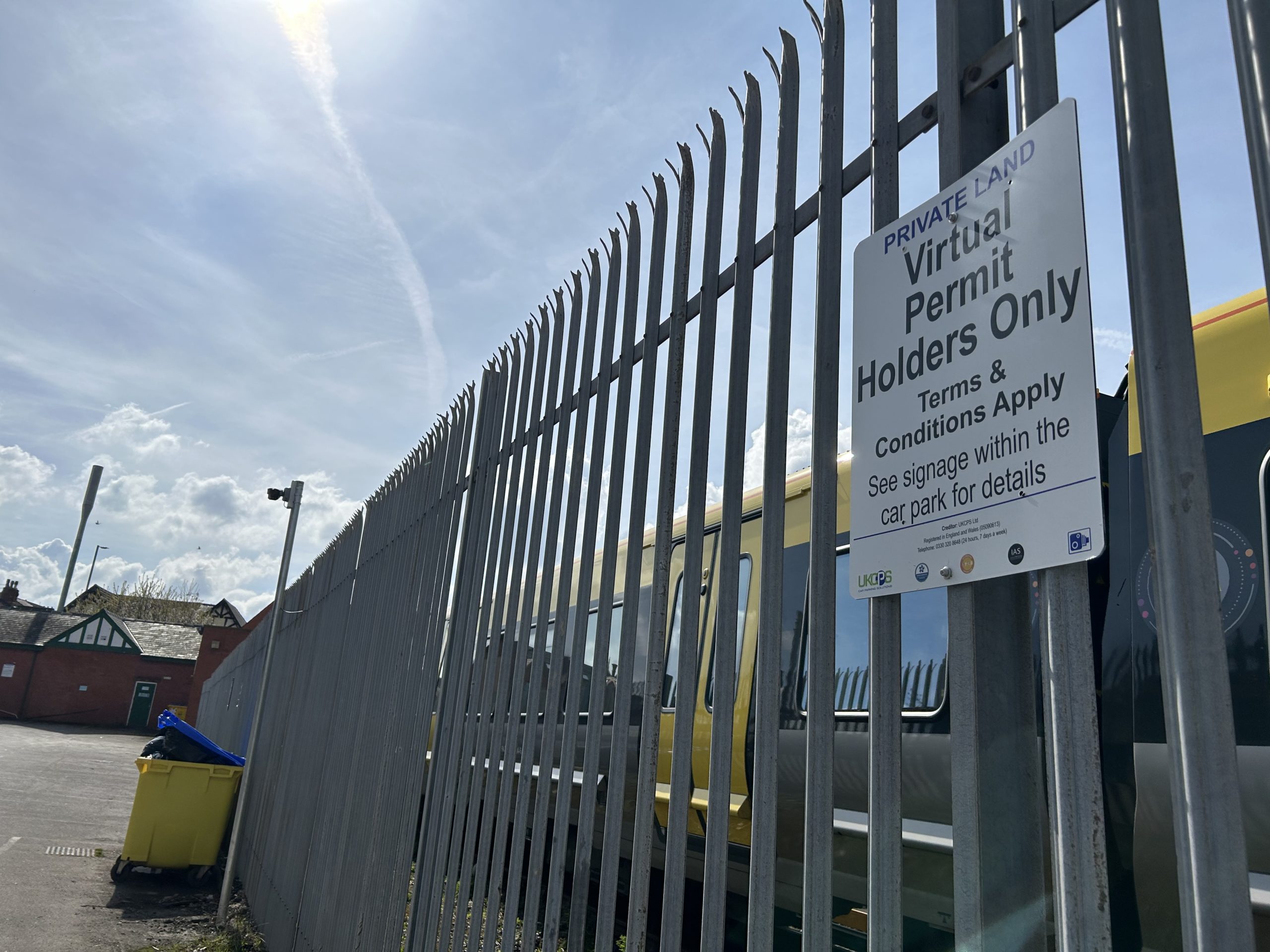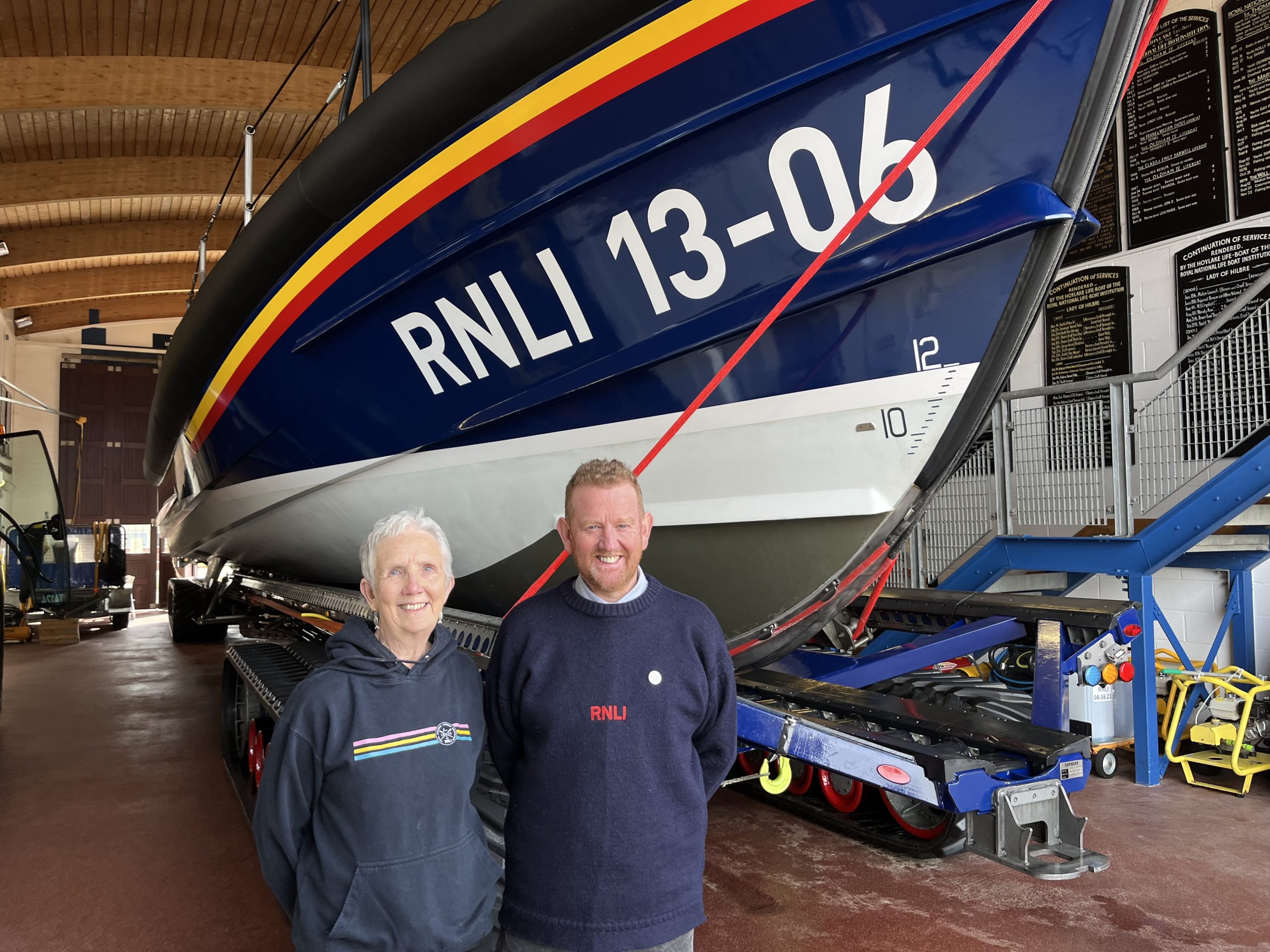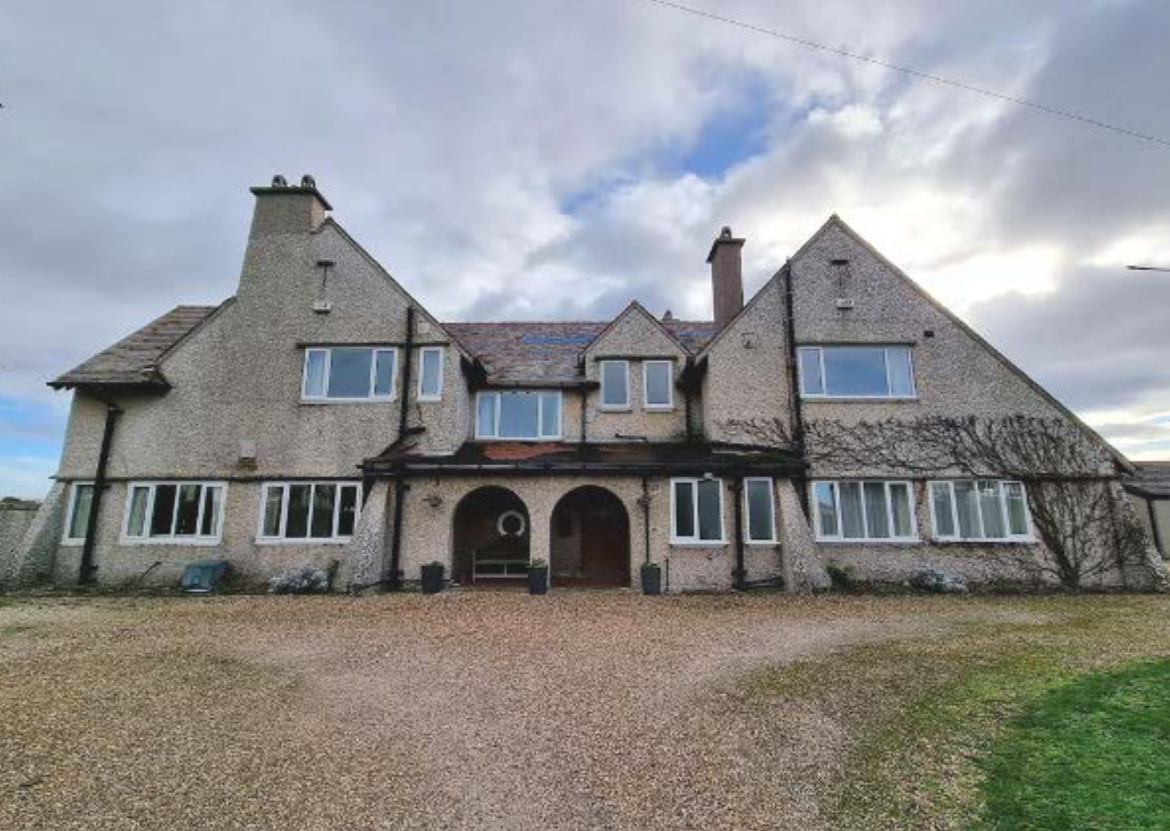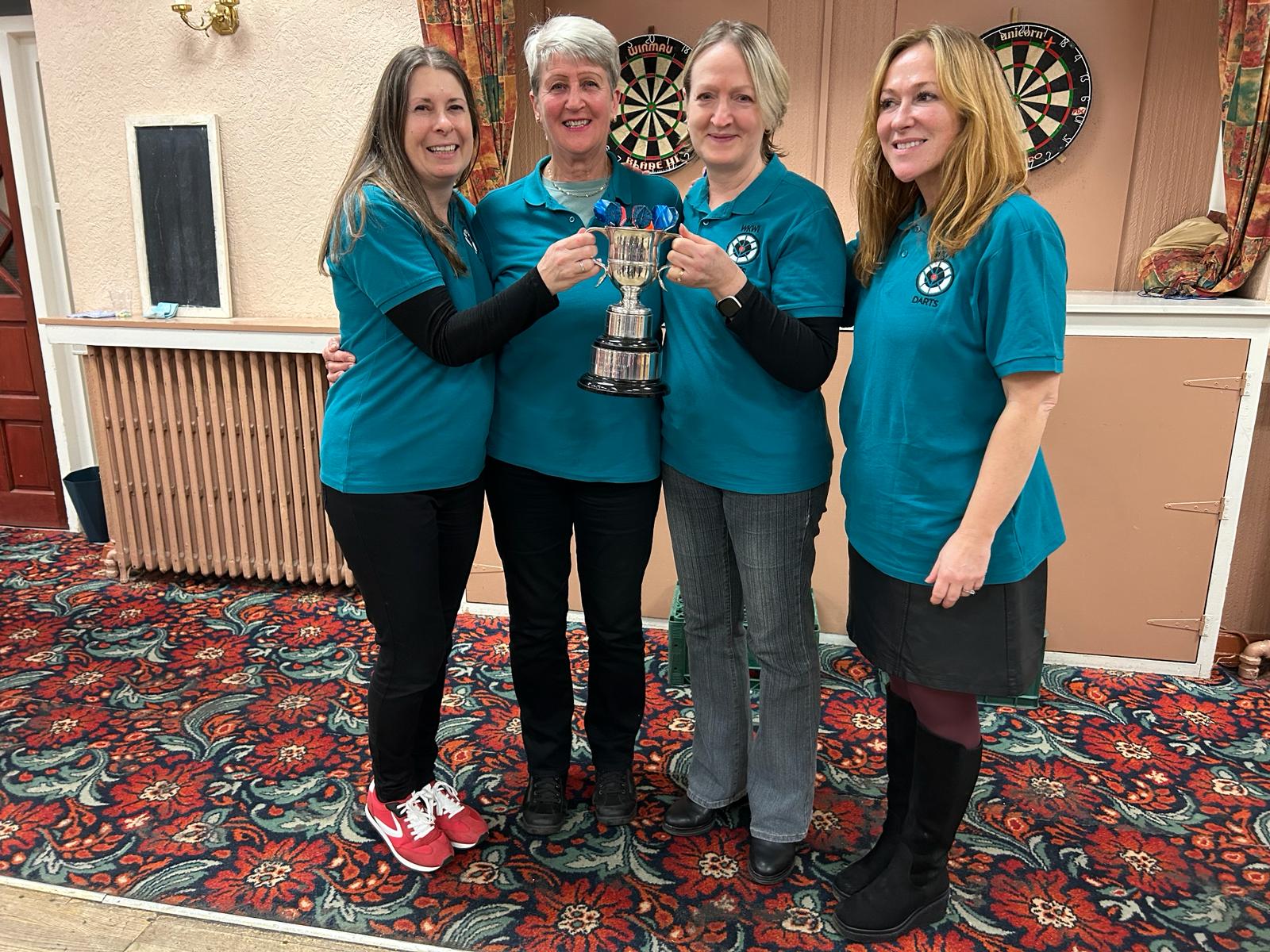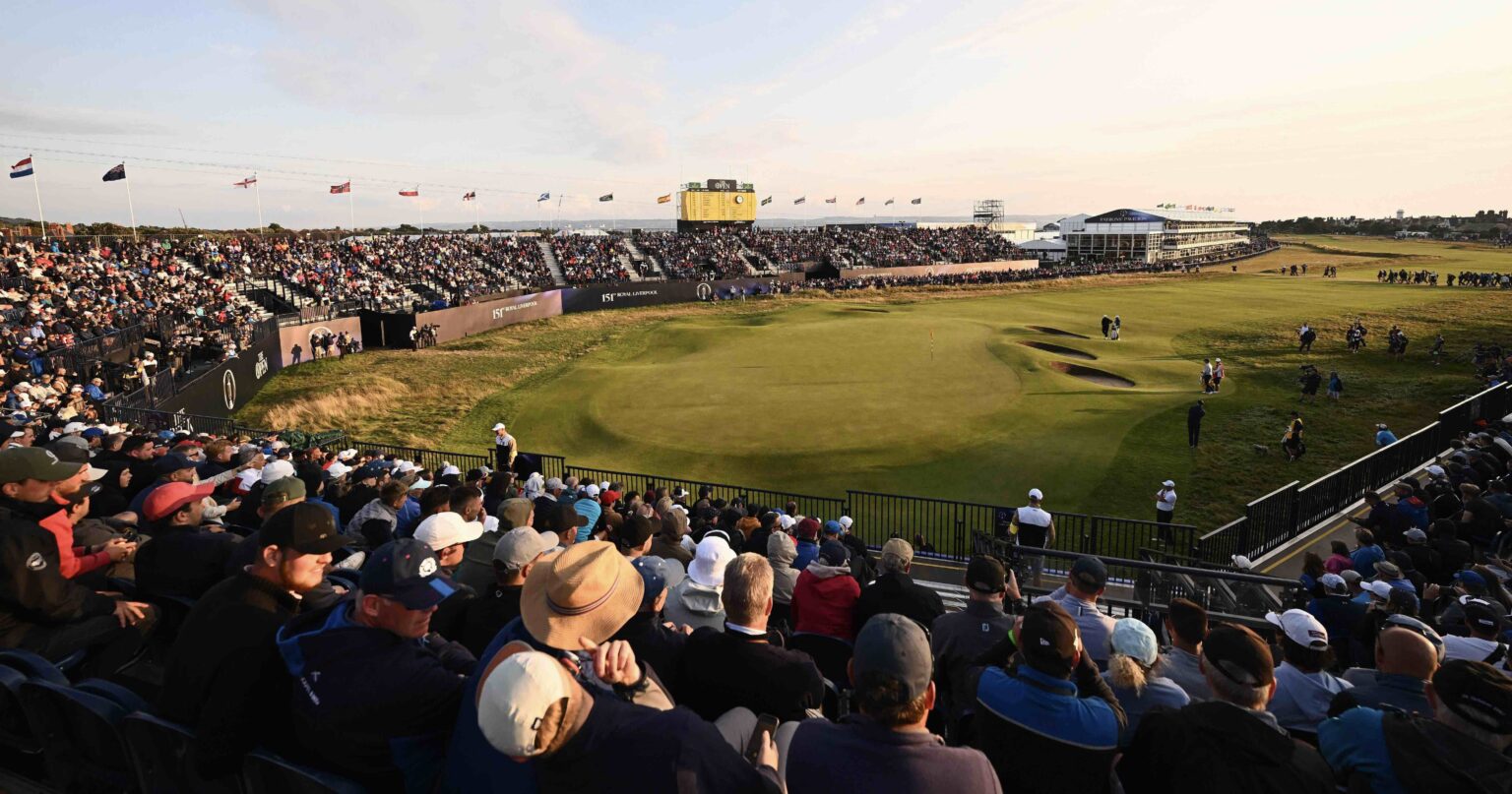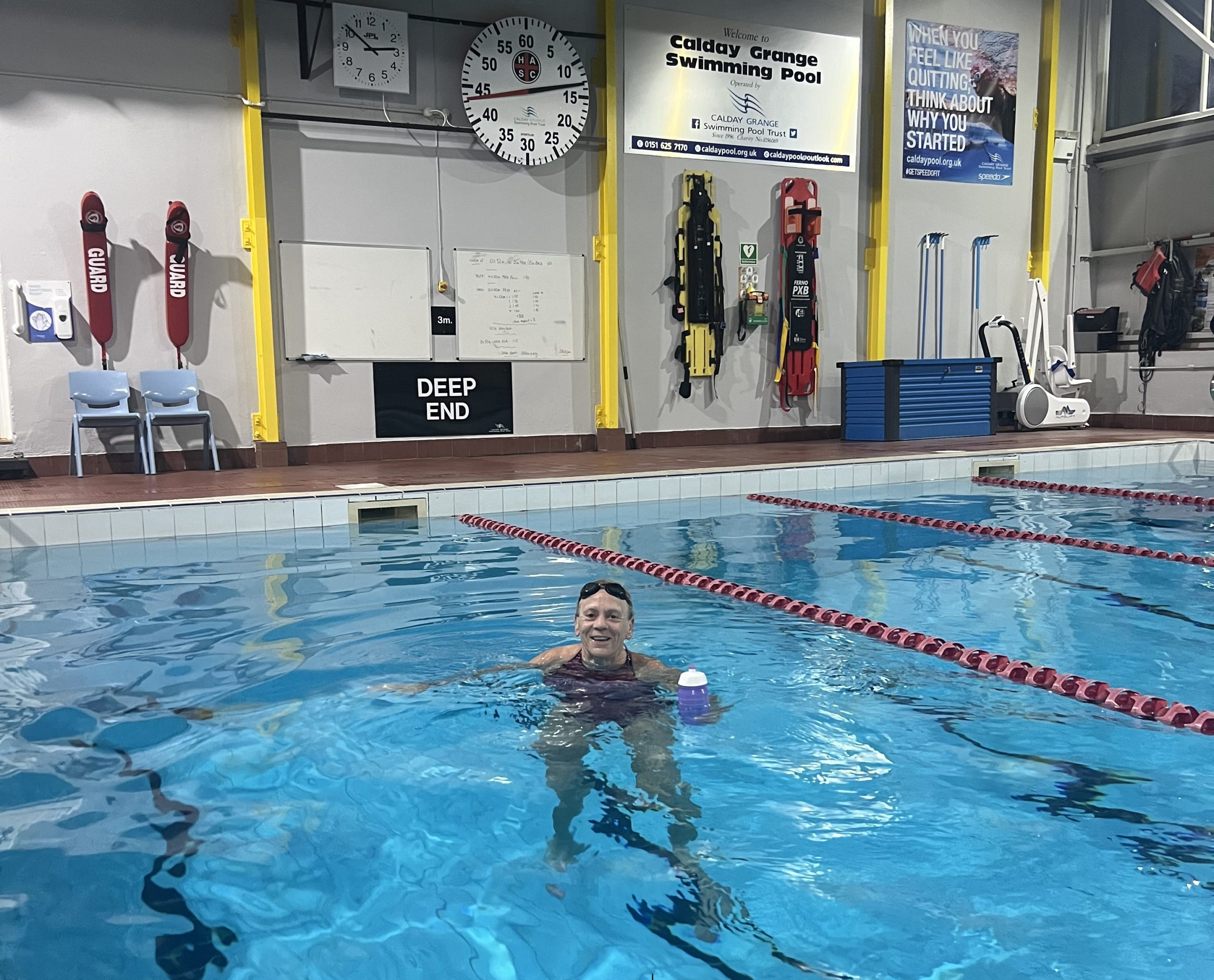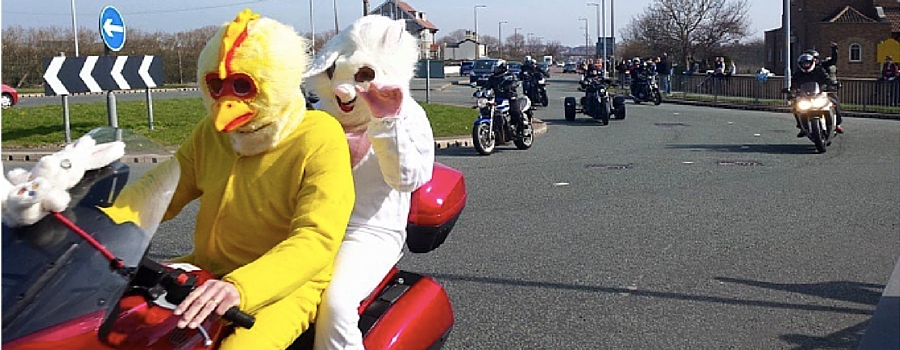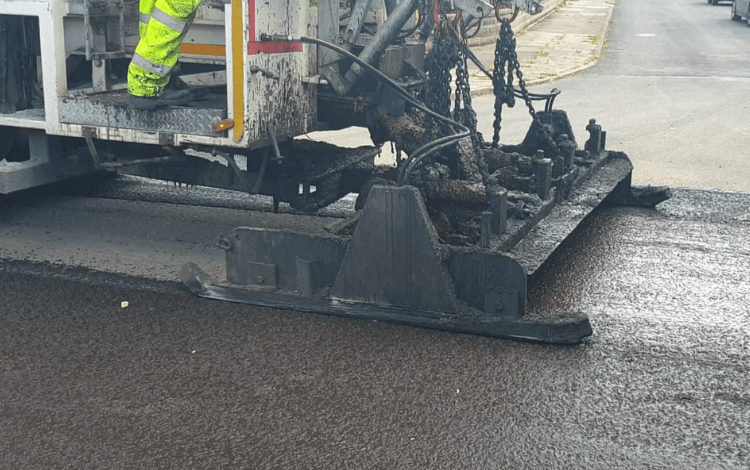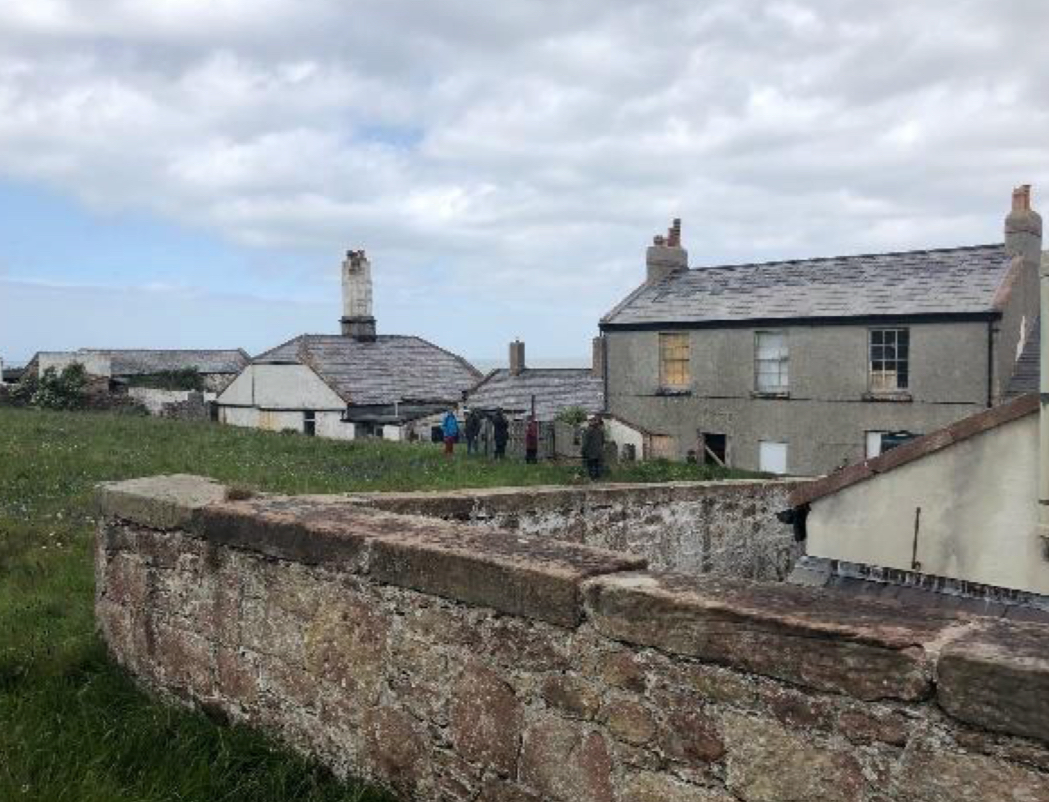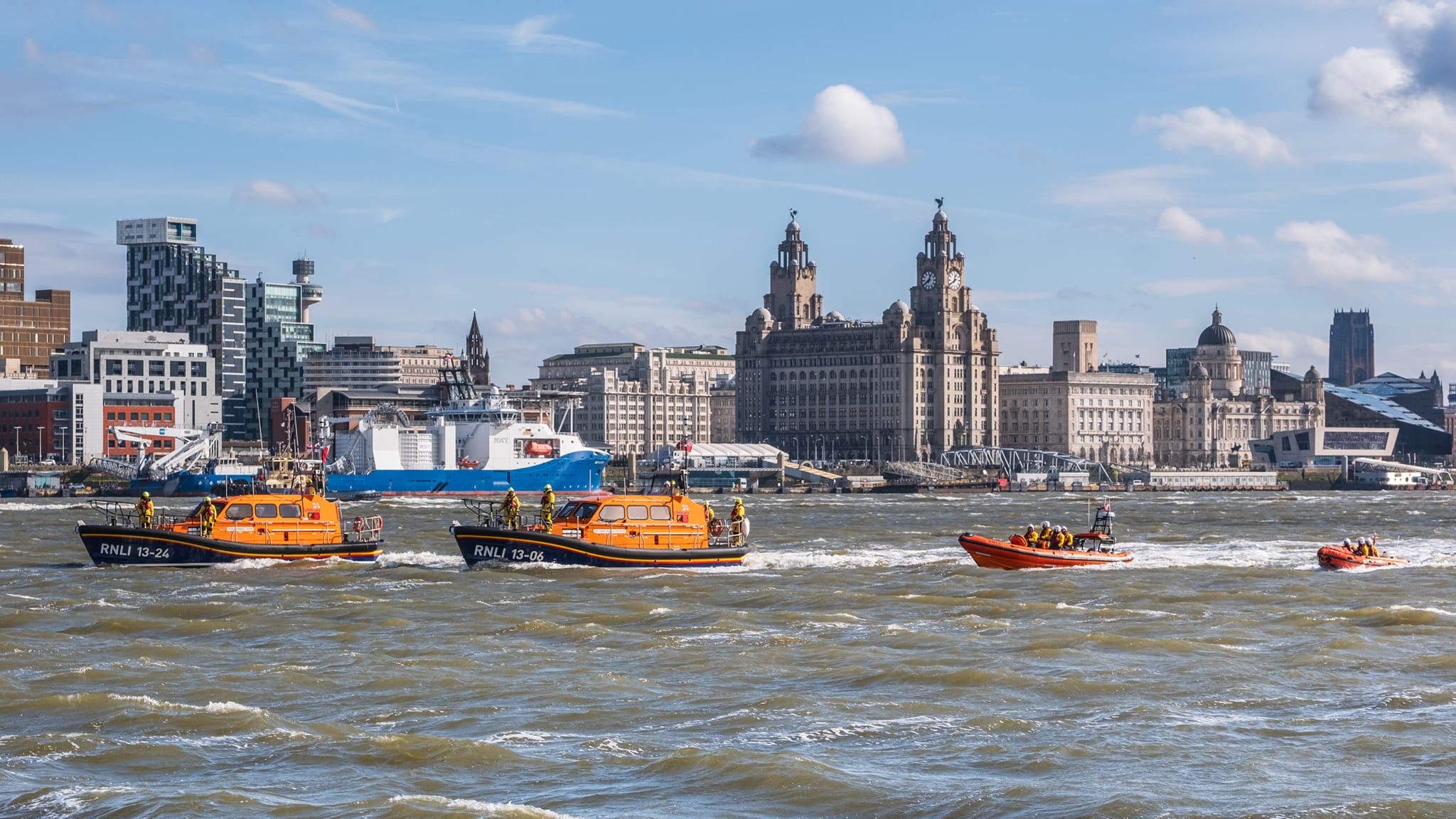When the Walker Cup is competed for at Hoylake on the weekend of 7th/8th September 2019, Royal Liverpool Golf Club will be proud to see the trophy back in its spiritual home, after a gap of 36 years.
In 1921, the historic links were the setting for a match between the USA and Great Britain – a seed which blossomed into the Walker Cup proper the following year, when the first official match was played at the National Golf Links of America in Southampton, New York.
After WWI, there was much discussion in the USA and Great Britain about ways of inspiring interest in the game on both sides of the Atlantic.
In 1920 the USGA Executive Committee had been invited to Great Britain to meet with the Royal and Ancient Golf Club of St. Andrews to discuss possible changes to the rules of the game. Among the American contingent was George Herbert Walker, USGA President.
When Walker and his colleagues returned home international team matches involving several countries were discussed. The idea so appealed to Walker that he soon came up with a plan and offered to donate a trophy. He had been a low handicap player and wanted golf to flourish. When the press dubbed the large and impressive cup ‘The Walker Cup’, the name stuck and the rest is history.

The 1921 USA team with Bobby Jones on the front row, second from the right
However, in 1921, when the USGA invited all golfing nations to send teams to compete for the Cup, no country was able to accept. But the Americans didn’t abort their mission, and William C. Fownes, the 1910 U.S. Amateur champion, who had twice assembled amateur teams that played against Canada in 1919 and 1920, rounded up a third team.
It included Charles ‘Chick’ Evans, Francis Ouimet and Robert T. Jones. Its destination was Hoylake. The opposition was a British team, captained by Robert Harris.
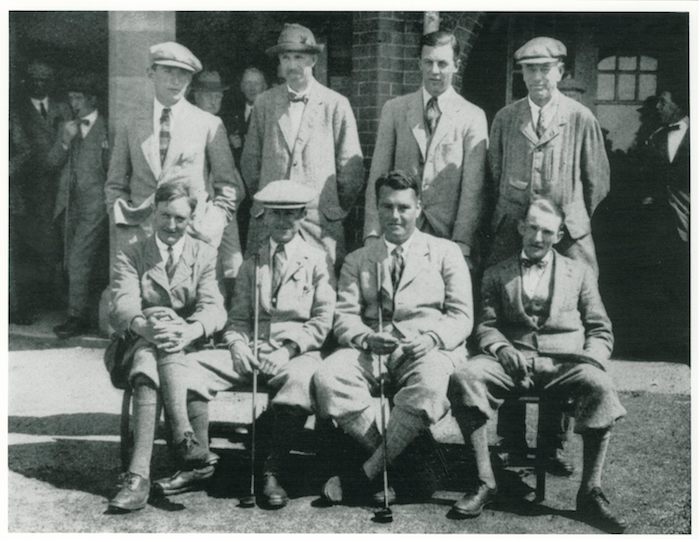
Though the match, staged the day before the British Amateur, was informal, it was contested keenly – the Americans emerged victorious, 9 and 3.
This would have seemed an unlikely result shortly after their arrival at Hoylake in the midst of a long, dry spell of weather on the Wirral peninsula.
The fairways were running fast, and the visitors had difficulty stopping the ball on unwatered greens during their practice rounds, including a morning 71 by Bobby Jones, followed by an 80 in the afternoon. He later described Hoylake as “dried out with the turf hard and the greens like glass. They don’t water the greens over there; they believe in letting nature take its course.”
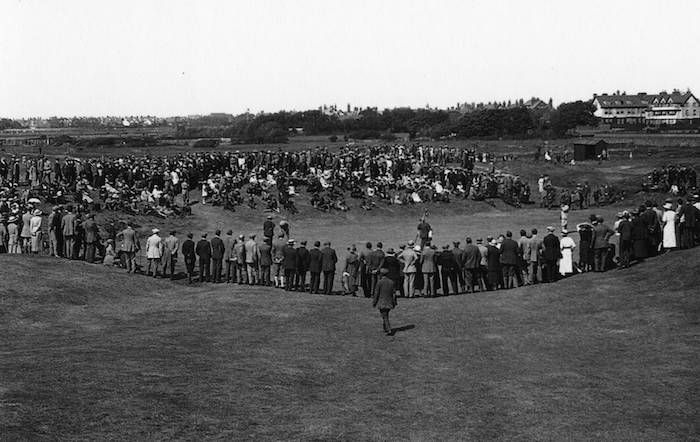
Nevertheless, on the day of competition, the British succumbed, though Royal Liverpool Secretary and historian Guy Farrar had his own explanation for their defeat: “It was obvious that certain members of the British team were suffering from an acute attack of nerves. America did not play unbeatable stuff…we obligingly dug our own graves.”
The British may have been dead and buried in 1921 but the transatlantic match was not. From 1922 onwards it would become the biennial contest with which we are familiar, interrupted for 7 years by WWII and its aftermath.
The Walker Cup was last staged at Hoylake in 1983. Captained by Walker Cup phenomenon, Jay Sigel, the USA team beat Charlie Green’s GB&I team 13½ – 10½ .
Founded in 1869, Royal Liverpool is proud of its past and excited by the future. In 2019 the Club will not only celebrate its 150th anniversary, but also give the warmest of welcomes to some of the finest amateur golfers in the world – with the aim of helping to make the 47th Walker Cup an unforgettable experience for both players and spectators.
Top photo courtesy of the R&A/Getty



